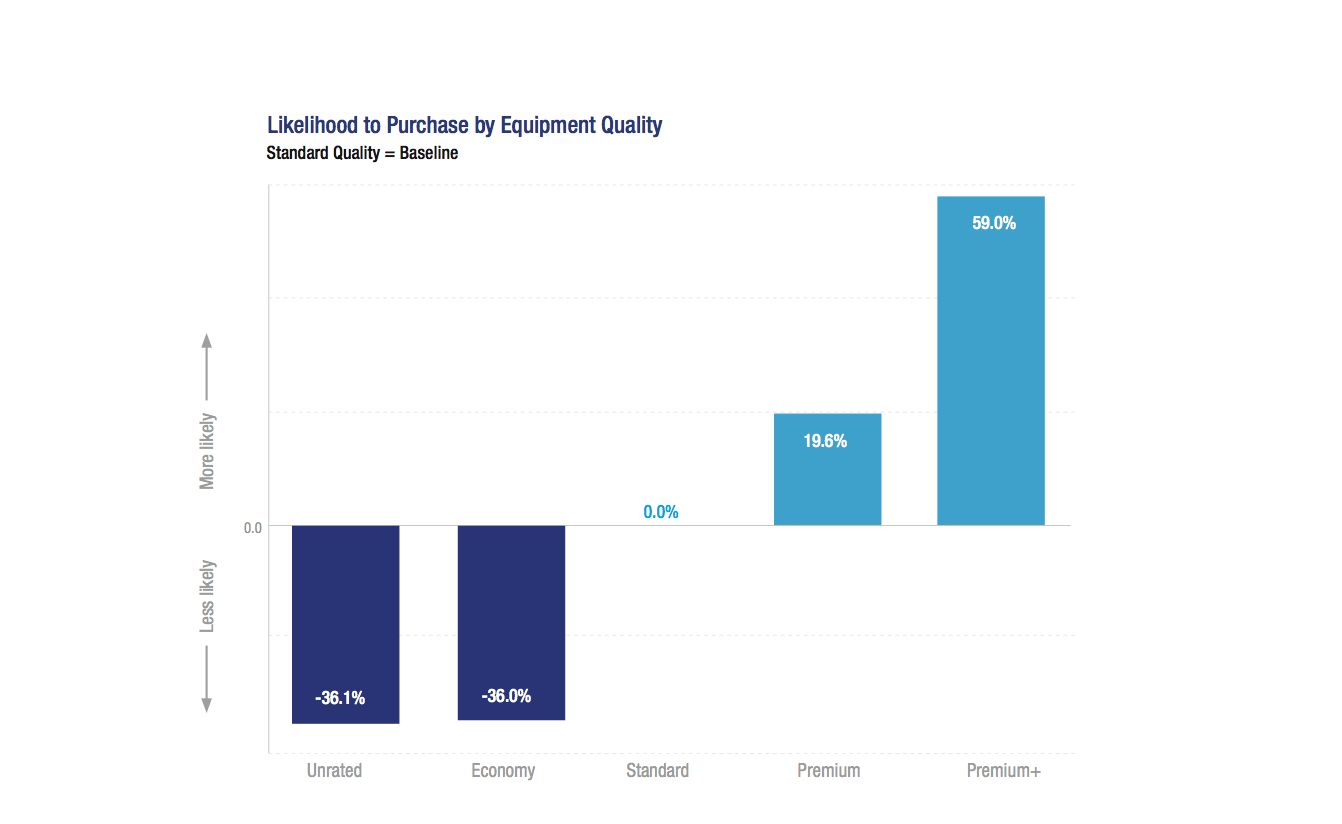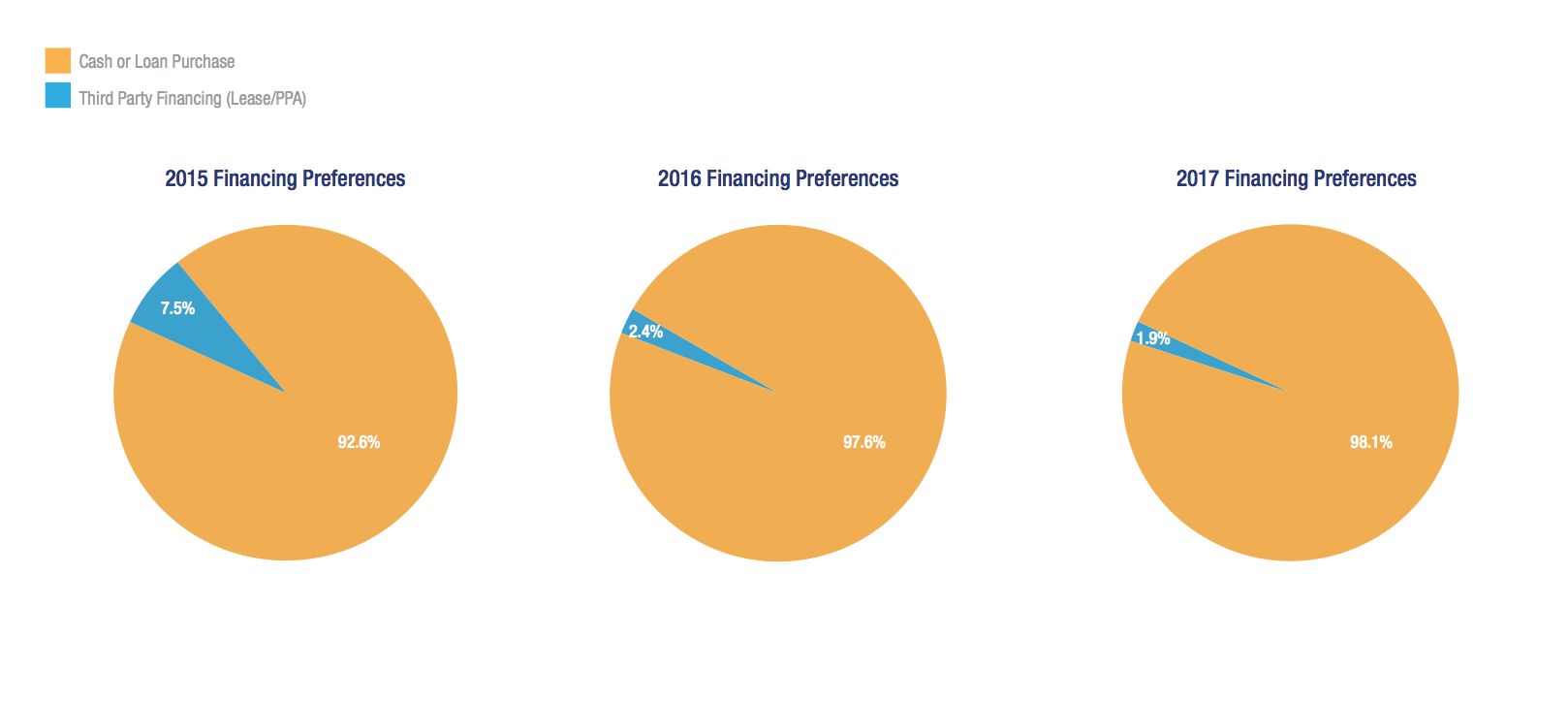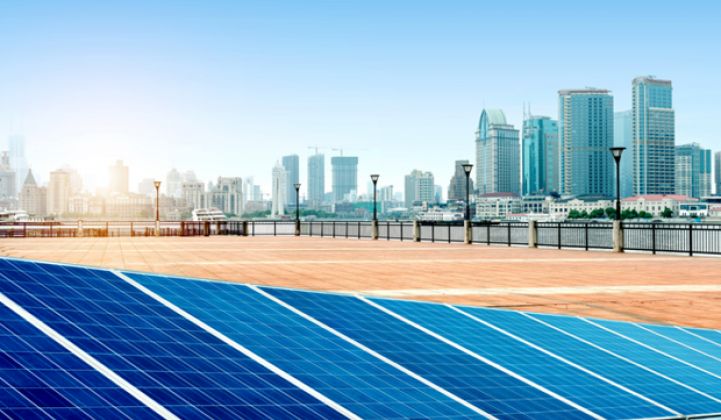Potential solar customers are certainly window shopping. But in today’s market, interest doesn’t always equate to sales.
The latest Solar Marketplace Intel report from EnergySage shows increasing interest in solar from consumers. But the current array of options aren’t always enough to convince shoppers to buy -- especially for community solar.
In all six of the utility service areas EnergySage analyzed in its latest report, the levelized cost of energy (LCOE) for solar bested this year’s rates from residential electricity providers. And based on an analysis of traffic to its Solar Marketplace site, EnergySage found that solar interest surged in every state in the nation, with the most marked gains in “emerging markets” where the baseline is lower.
The gross costs of solar per watt also continued to steadily drop in the 35 states analyzed, from $3.36 in the second half of 2016 to $3.17 in the first half of 2017, with a standard deviation of $0.47.
So what’s keeping community solar customers from making the jump? EnergySage cites two top reasons for the hesitation: Customers feel there is a lack of options where they live, and the financial benefits aren’t drastic enough to be persuasive.
The top reason community solar customers did choose to invest was an inability to install rooftop panels. The potential for electric-bill reductions came in second. Of the 80 percent of potential customers EnergySage surveyed, many cited the need for stronger financial incentives. The 12 percent of customers who decided not to invest in community solar projects said cost was a factor, or they simply installed their own panels.
While prices are falling to levels competitive with traditional energy sources, monetary hurdles to solar -- perceived or real -- certainly persist.
EnergySage’s analysis also assesses individual customers. And in some cases, those customers don't mind paying a bit more for premium products.
Customers who received quotes through EnergySage's platform were 19.6 percent more likely to choose premium panels over the baseline type, and 59 percent were more likely to choose the even more expensive Premium+ panels. Homeowners with a direct financial stake in the performance of the system want better-quality products.

Consistent with past trends, residential solar customers also continue to heavily prefer ownership of their system, with over 98 percent choosing to buy a system outright or using a loan over third-party financing such as leasing.

Although most installers only offer loans from a couple of providers, there are now more regional lenders that are active, offering greater selection among loan providers. More installers are also offering a bevy of panel brands. Just 6 percent offered five or more options in 2014. Today, 19 percent offer five or more options.
So will community solar break through? The near-term prospects may be stronger on the non-residential side. According to GTM Research, community solar projects should account for up to a quarter of non-residential installs starting this year, with over 600 megawatts of installations projected by the end of 2021.




